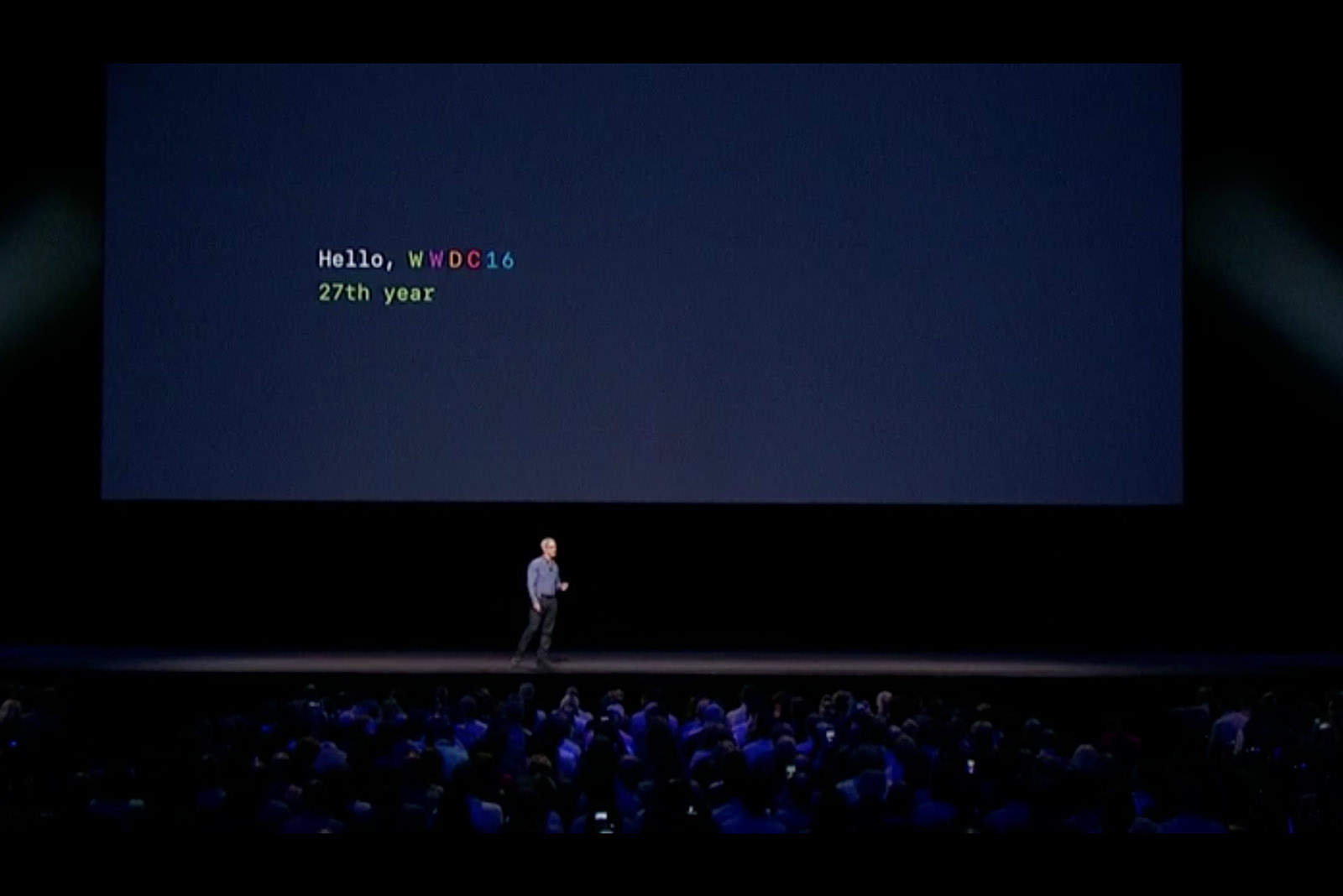With absolutely no new hardware to show off, Apple focused on software — the glue that binds together its increasingly powerful and interconnected platforms — during the Worldwide Developers Conference kick-off event Monday.
“Our North Star has always been about improving people’s lives by creating great products that change the world,” said Apple CEO Tim Cook, addressing thousands of developers in San Francisco’s Bill Graham Civic Auditorium. “Today for the very first time, we are going to talk to you about four Apple platforms. Each of these platforms is category-defining and world-changing.”
Each year, the Worldwide Developers Conference keynote provides a roadmap for the future of Apple software and devices. Cook and other execs show off new features packed into upcoming versions of system software for Apple devices — and try to get developers psyched about incorporating the changes into their own apps.
The annual keynote offers the clearest picture outsiders will ever get of changes coming to the Apple ecosystem. For WWDC 2016, Cook and other Apple execs tackled the software updates platform by platform, revealing new features and Cupertino’s increasingly open approach as it gives developers more and more access to key aspects of the Apple world.
Here’s what the future holds for Apple’s four platforms. (Developers can download these software updates today. Public beta testers will have to wait until July. The final versions will be released this fall.)
watchOS 3 for Apple Watch
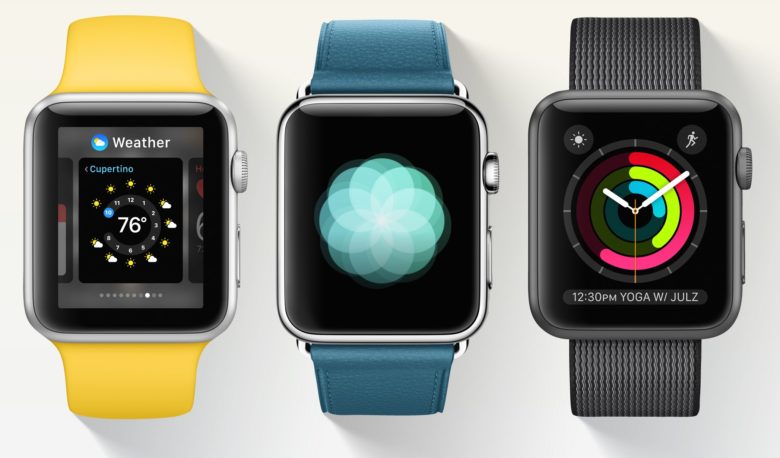
Photo: Apple
The Apple Watch segment started with a rare admission that an Apple product doesn’t work as well as might be expected. The big buzzkill for Apple’s wearable has always been lag, and watchOS 3 supposedly fixes the problem.
“Your Apple Watch should respond instantly!” said Apple VP of Technology Kevin Lynch.
The new version of watchOS will let apps launch instantly, Lynch said, keeping favorite apps in memory and providing background updates that will eliminate that sluggish feeling every Apple Watch owner has come to know and hate.
watchOS 3 also brings a new UI that makes using the Apple Watch simpler. A new Dock promises to make it easier than ever to find the apps you’ll look forward to using now that those horrible spinning balls, which indicate a slow-loading app, have been banished forever.
“It’s going to feel like a whole new Watch,” promised Lynch. That’s good, because changes coming to other Apple platforms elevate the Apple Watch’s status in the ecosystem.
For more on watchOS 3: Apple Watch is getting a whole lot better with watchOS 3
tvOS for Apple TV
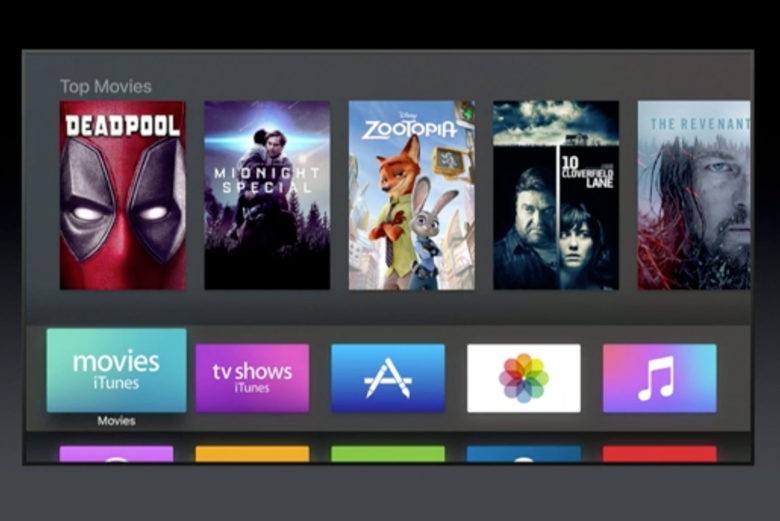
Photo: Apple
Apple TV is off to a great start, said Eddy Cue, Apple’s senior vice president of internet software and services, with 1,300 video channels and 6,000 native apps in the seven months since the fourth-generation device launched. But that doesn’t mean things can’t be improved upon.
For anybody who’s ever struggled to remember their logins and passwords to various pay-TV apps, a new feature called single sign-on is probably the most compelling thing coming to tvOS. No more struggling to remember your HBO login or anything like that. Just sign into one network app, and tvOS can authenticate you on other Apple TV apps (assuming the networks play along — here’s the exact language from Apple’s press release: “Once a user is signed into one network app, any other app on Apple TV from participating pay-TV providers will automatically log the user into all other supported apps requiring authentication.”) Single sign-on will also work with iOS.
Apple TV also got a new Dark Mode that will keep a bright screen from burning your eyes in an appropriately dimmed room. Beloved app Sling TV made its arrival on Apple TV. A new Apple TV Remote app lets your iPhone supplant the standard remote. And apps downloaded on iOS will be automatically added to Apple TV — another way that Apple’s seamless ecosystem can remove those little annoyances that plague our modern world.
Finally, Siri is getting even more powerful when it comes to Apple TV. Deeper search capabilities will let users find specific types of movies, TV shows and even YouTube videos. Siri support for HomeKit means you can finally bark commands at your smart lightbulbs, thermostat, etc., directly from your Apple TV remote. No need to get off the couch now!
For more on Apple TV: tvOS update makes Siri search better than ever
macOS Sierra for Mac
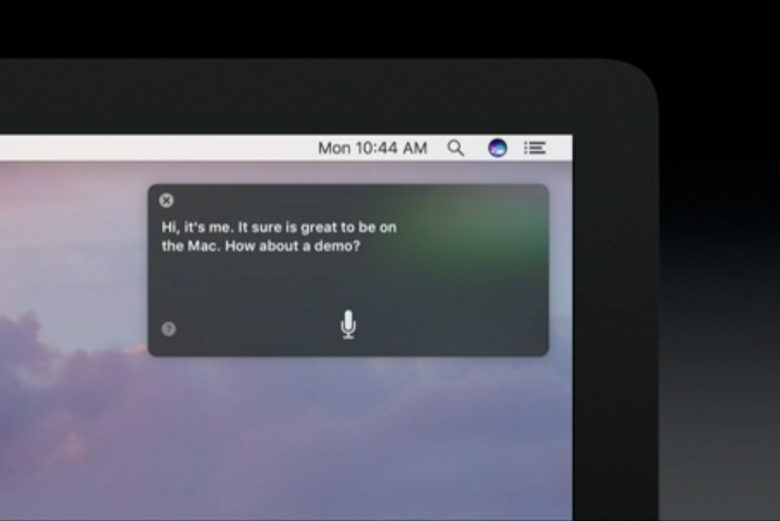
Photo: Apple
The next version of Apple’s desktop operating system, called “macOS Sierra,” builds on the Continuity and Handoff features baked into iOS 9 and OS X Yosemite. Designed to bridge the desktop and mobile worlds, these handy features showcase the promise of Apple’s vaunted ecosystem.
New macOS features like Universal Clipboard, which lets you copy basically anything on one Apple device and then paste it onto another via iCloud, strengthen the bonds between iPhone, iPad and Mac to make everything easier for Apple users. Apple Pay on the Web means you’ll initiate purchases in your Mac’s Safari browser and they will be authenticated with your Apple Watch or Touch ID on your iPhone.
And speaking of Apple Watch: A new feature called Auto Unlock means your Apple Watch can automatically log you in to your Mac.
These kinds of smartly imagined, interconnected features — designed with convenience in mind — make the Apple ecosystem that much more appealing to new users and that much harder to leave for existing ones.
Other new features coming in macOS include picture-in-picture video, tabs in various Apple and third-party apps, and automatic syncing of documents across all your Apple devices (and even PCs).
For more on macOS Sierra: OS X is dead! Long live macOS
iOS 10 for iPhone and iPad
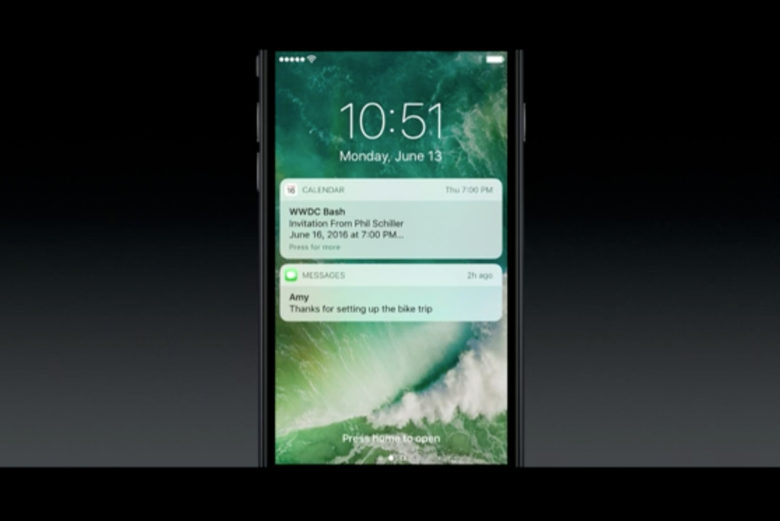
Photo: Apple
With iOS 10, which Cook called “the mother of all releases,” Apple is seeking to capitalize on the extraordinary success of the iPhone. By far Cupertino’s most popular product, the iPhone is the key to the Apple universe. And while iOS 10 brings a handful of window-dressing updates to Messages, Apple Music, Photos and Apple News, the more important move is opening Siri, Maps, Phone and Messages to developers.
This will make the core functionality of iPhone apps all the more powerful. The new SiriKit will bring voice commands to third-party apps, meaning you will soon simply talk to your iPhone or iPad to book a ride or start a workout.
iOS 10’s new Home app finally positions iOS devices at the center of the smart home. We’ve been waiting for HomeKit, Apple’s home-automation platform, to gather steam, but few compatible devices have been released so far and the lack of a unifying app amounted to a major disappointment for anybody interested in tricking out their house with smart lightbulbs and other gadgets. Apple’s Home app should help deliver on the promise of HomeKit.
For more on iOS 10: Apple unveils iOS 10, its biggest update ever
Apple ecosystem: bigger, better and more open
With barely a glitch during the two-hour event, Tim Cook and his colleagues made a compelling pitch for the strength and beauty of Apple’s continually evolving ecosystem.
“At Apple, we believe that technology should lift humanity, and should enrich people’s lives in all the ways they want to experience it,” Cook said.
While nearly everything Apple unveiled at WWDC 2016 looked tantalizing, perhaps the most promising parts were Cupertino’s increasing openness and the company’s embrace of the developer community. Giving devs access to Siri and Apple Maps, and opening up tvOS to new APIs including HomeKit, ReplayKit and PhotoKit, means the next generation of Apple magic won’t necessarily come from Cupertino itself.
Cook capped Monday’s presentation by showing off a new educational app called Swift Playgrounds. The free app is designed to teach kids the fundamentals of writing code in Apple’s open-source Swift language.
“We believe coding should be a required language in all schools,” Cook said.
Apple won’t make a penny directly from Swift Playgrounds, but it’s just the kind of high-minded (and, yes, ultimately self-serving) tool that will help Apple maintain its position as the world’s most vital technology company. Sleek and sexy hardware is one thing, but smart and snappy software is crucial when it comes to making devices that users truly love.
